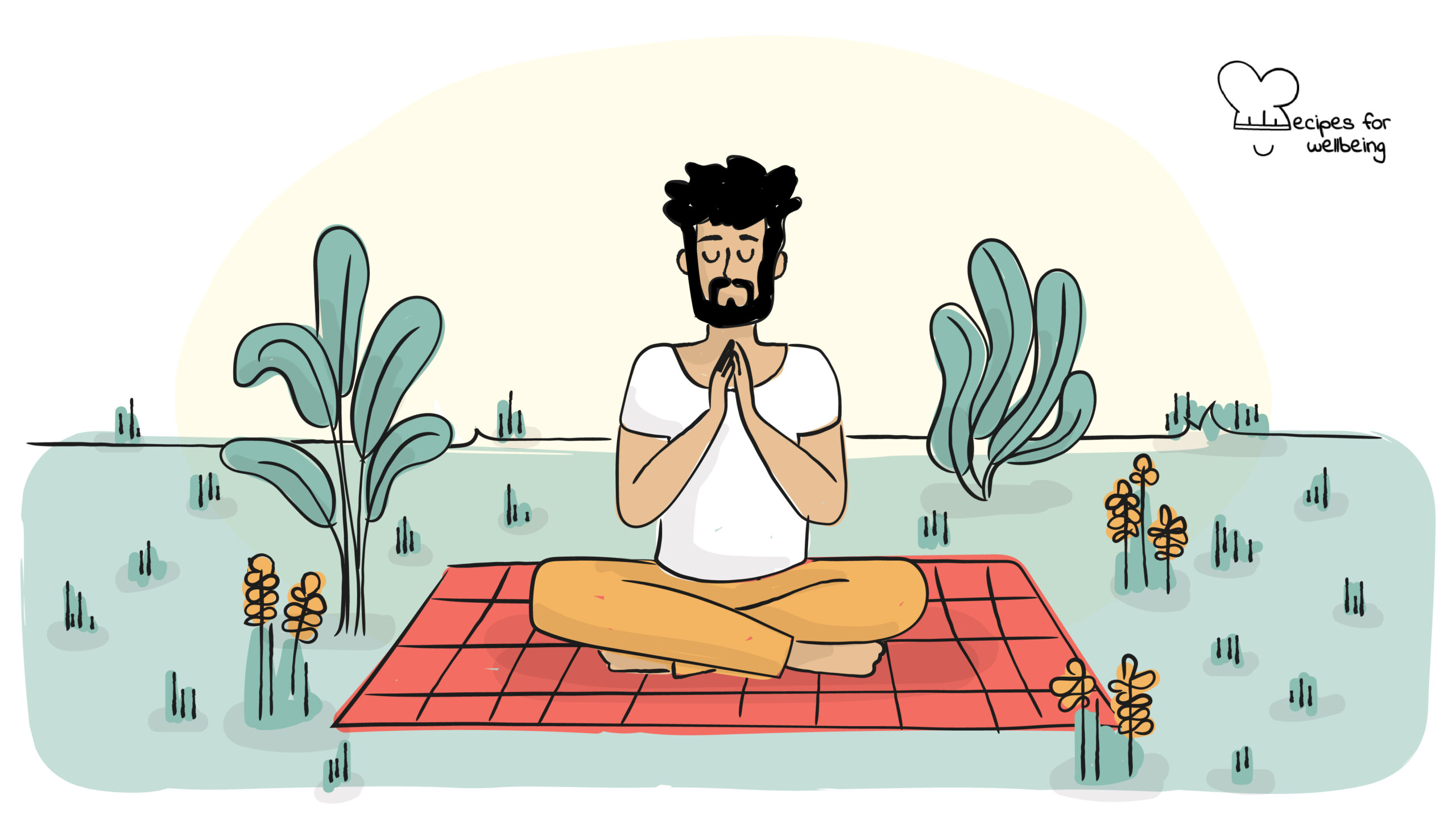
Mindfulness

On the tip of everyone’s tongue
Google Trends report that worldwide web searches for the term “mindfulness” have increased in popularity from a score of 9 (out of 100) in January 2004 to 100 in February 2018 (the August 2018 popularity is 87/100). This should not come as a surprise: mindfulness seems to be on the tip of everyone’s tongue – from Forbes to the New York Times, the world seems to have opened up its taste buds to this ancient practice. But what is mindfulness and how does it support the wellbeing of social change leaders?
In a nutshell, mindfulness is about being present in the here and the now, observing all that is happening within and around us with an attitude of curiosity which is neither critical nor judgmental. Against popular belief, mindfulness is not passive and isolating; it is rather active and connecting. Headspace App founder Andy Puddicombe highlights it stems from the “genuine desire to investigate how and why you think and feel the way you do”, opening up new pathways for mindset and behaviour change. It is a sort of gym for the brain.
Mindfulness can help anyone live with a sense of happy contentment, but it is particularly effective to sustain the wellbeing of social change leaders as they carry out their work in the world. There is plenty of scientific research that showcases the benefits of mindfulness on mental, emotional, physical, and spiritual wellbeing, including “better control of emotions, decreased rumination (dwelling on negative thoughts), improved working memory, better self-awareness, improved awareness of thoughts, reduced depression and anxiety, reduced physical illness, decreased emotional reactivity, more flexible thinking, increased positive emotion, and decreased negative emotion” (Bridget Grenville-Cleave, Introducing Positive Psychology: A Practical Guide).
Discovering mindfulness through food
There are plenty of ways in which you can cultivate mindfulness in your life, but since I am a foodie (as confessed in my very first blog post for Shift media channel), I would like to introduce a simple mindful eating practice to discover mindfulness through your senses. Mindful eating is the application of mindfulness towards your relationship with food and it can tell you a lot about how you relate to the world in general. In his book The Headspace Diet, Andy Puddicombe highlights some of the main benefits of mindful eating on the mind and body, such as:
- It increases the density of neurons in your hippocampus, a part of the brain associated with emotional stability, which means healthier eating.
- It increases the activity of your lateral prefrontal cortex, which is all about self-regulating and decision-making, which has been associated with making healthier food choices.
- It reduces the urge to binge or comfort eat, with reduced activity in the part of the brain associated with compulsion, and increased activity in the area associated with self-control.
- It reduces mind wandering, which can often lead to ‘unconscious decision-making’ around food. But if your mind doesn’t wander, then you can be conscious of the decision instead.
- It increases feelings of happiness, wellbeing and optimism. It’s hard to overstate the importance of these things in living a healthy life and enjoying a sustainable eating plan.
Ultimately, it gives you the power to choose – not what thoughts and emotions come to your awareness – but how you relate to them and respond consequently. This power of choice is essential for any social change leaders who wish to be effective in their outer work.
Mindful eating practice
The following mindful eating practice is a starter wellbeing recipe which you can find on our website. The guidelines have been taken from the “mindful eating” exercise provided by Bridget Grenville-Cleave in her book Introducing Positive Psychology: A Practical Guide.
Take five minutes out of your normal schedule. Find a couple of small snacks or other edible treats, such as pretzels, small pieces of cereal, chocolate, or raisins. You also need a quiet place to sit. First of all, eat one of your chosen snacks in your normal fashion. Then pick up a second one and go through the following steps. Take your time, don’t rush.
- Observing: Start by looking carefully at it. Imagine that you have never seen a pretzen or a raisin before. Notice its colour and texture, turn it over carefully and slowly in your hand. Notice how its colour changes as the light catches it. Notice the fine grains or salt on the pretzels, or the crinkles on the surface of the raisin. Sniff it. What odour can you detect? Imagine eating the pretzel or raisin, imagine putting it in your mouth. Notice how your mouth starts to water at the mere thought of eating it. If at any point you start thinking “Why am I doing this?” or “This is a waste of time”, acknowledge these as thoughts. Then return your attention to the object.
- Tasting: Having observed the snack closely from every angle, put it in your mouth but don’t eat it just yet. What is the first sensation you notice? Is it taste or touch? How does the snack feel as you roll it around your mouth?
- (Really) tasting: Now start to bit into or chew the snack. How does it feel when you bite into it for the first time? Do you get a satisfying crunch, or a soft chewy sensation? Notice the taste – is it a single flavour or a combination? Is it salty, sweet, or both? Take your time, imagining that you must make it last forever.
- Swallowing: Finally, swallow, noticing any aftertaste or other sensations in your mouth.
- Reflecting: Having eaten the snack, how do you feel? How did it feel to eat the snack mindfully?
- Comparing: Now compare this with your experience of eating the first snack. Often, the first time people eat mindfully, they cannot believe how different it is to their normal experience of eating and how much enjoyment can be squeezed out of one tiny piece of food.
Over the coming months we will deepen our exploration of mindfulness through other practices, but in the meantime, if you liked this mindful eating exercise, why not trying a more thorough raisin meditation practice?

